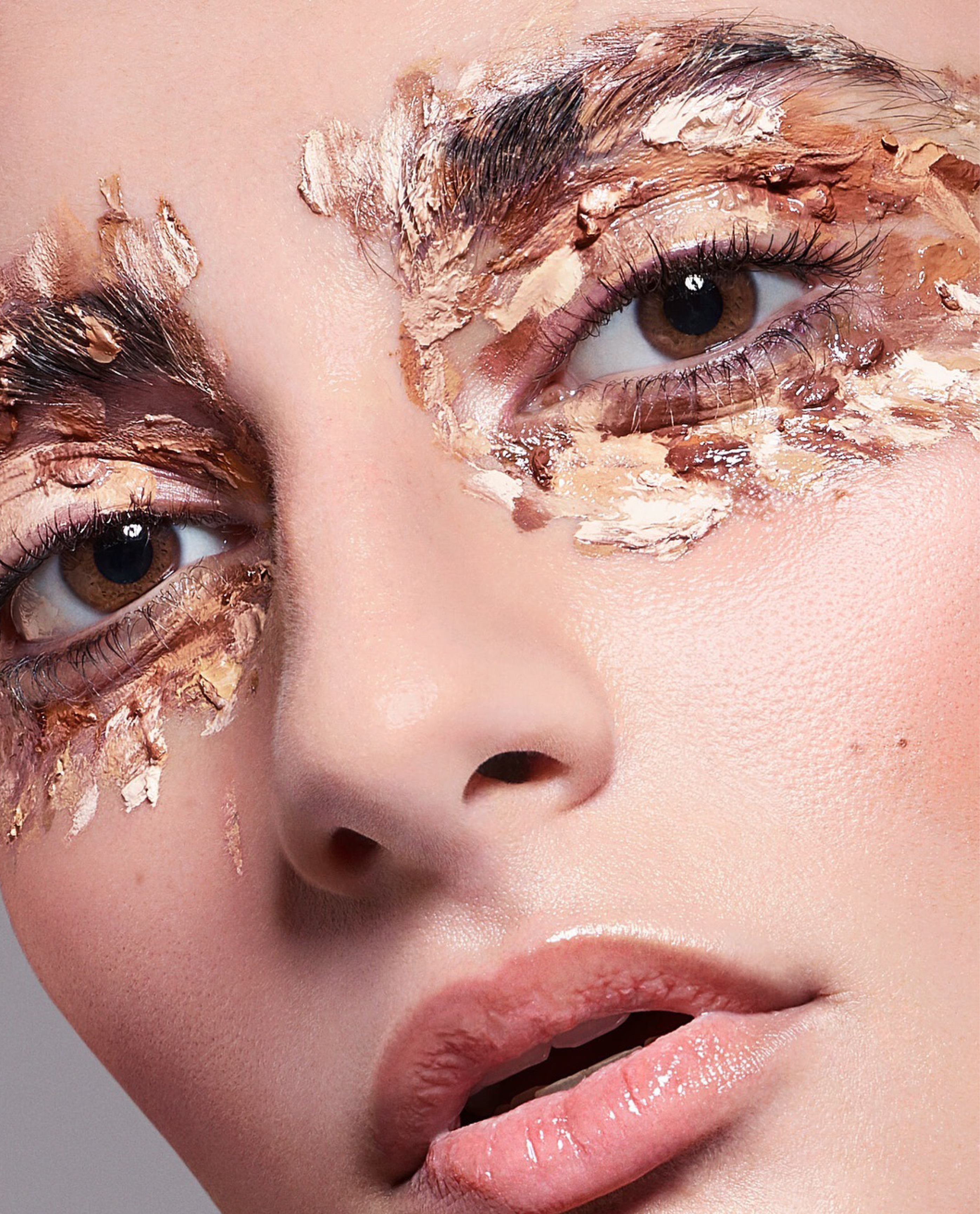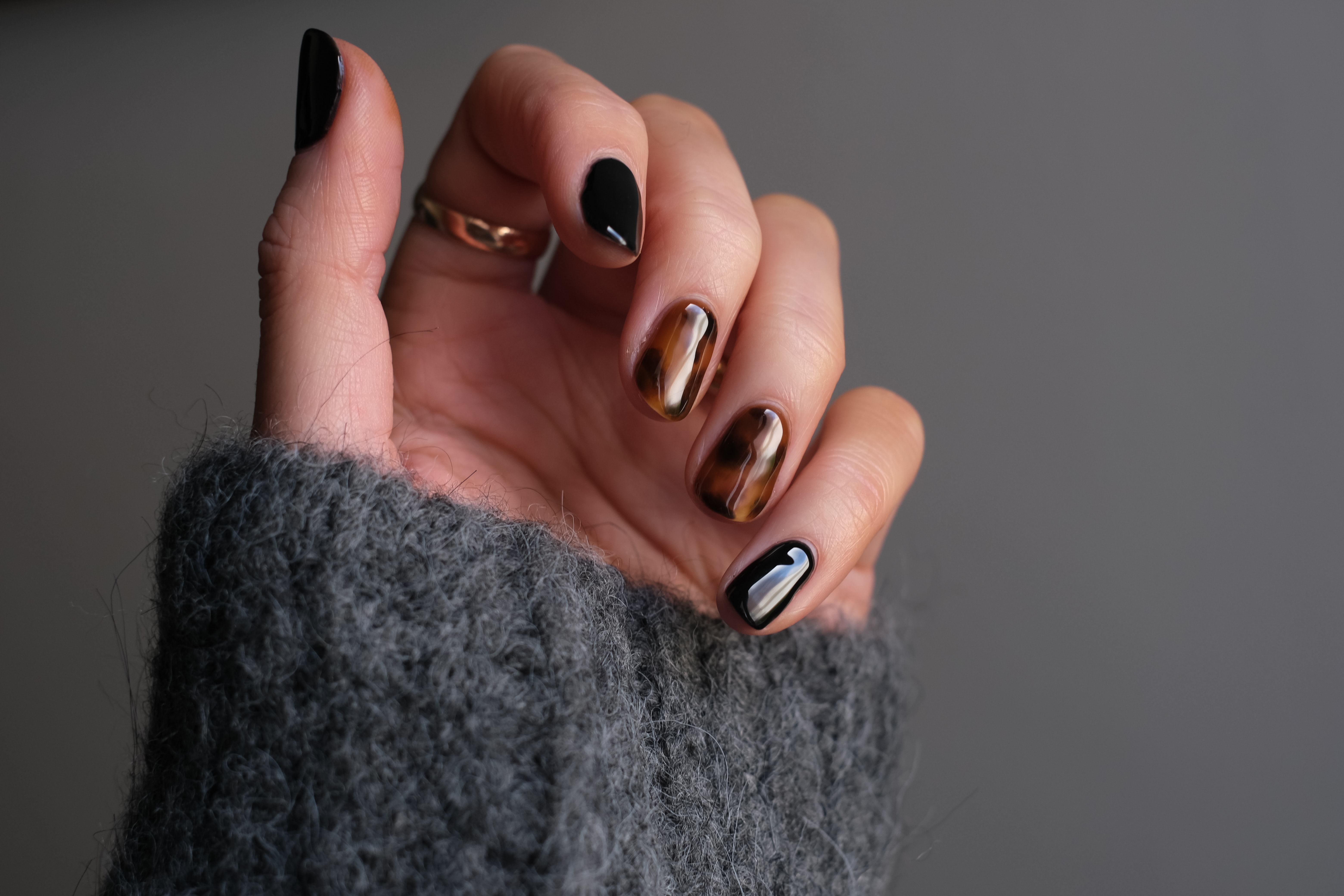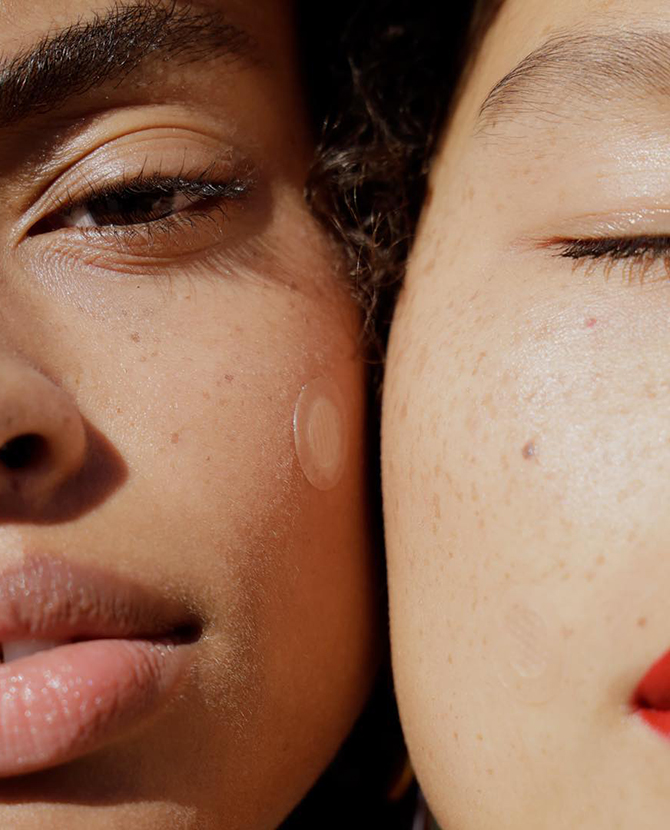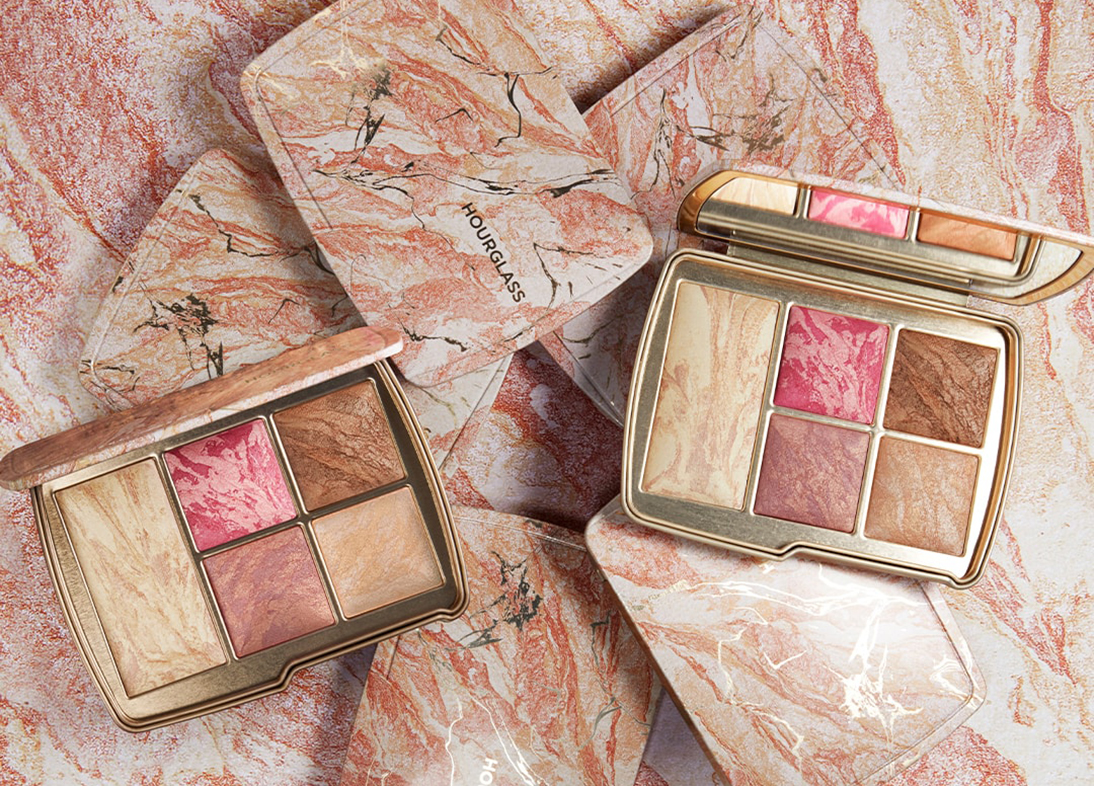Two dermatologists give the lowdown on eyelid eczema
Eye for an eye
- 16.07.2021
- By Corinne Cheah

share the story
RECOMMENDED
Our skin is much like everyone’s favourite relationship status option on Facebook: It’s complicated. In a sense, that is, where skin conditions can occur at any time, and without a clear cause. Many of us have woken up to a nasty surprise on our faces or bodies; unbearable itching, stinging; and worst of all — a red-hot and inflamed complexion. This, oftentimes, serves as the hallmark of eczema; the godfather that puts other skin issues to shame in terms of the pain and irritation it inflicts.
What’s worst? When the sitch is situated around the delicate eye area. Yikes. Lucky for you, though, we’re here to help. Below, an in-depth rundown of what to expect and how to treat aforementioned condition as told by local dermatologists. Start taking notes.
Why does it happen, and what does it look like?
There are two main types of eczema conditions: endogenous eczema and contact eczema. Dr Derrick Aw from Sengkang General Hospital explains that the former stems from a genetic predisposition that could trigger eczema due to various reasons. Think impaired skin barrier and aberrations in the immune system.
Other known causes include:
- Stress
- Temperature changes
- Dryness of skin
- Irritants in the air or products used
“The eyelid is one ‘favourite’ site for the development of atopic eczema. Note that atopic eczema is only one example of endogenous eczema; the other relatively common example of endogenous eczema is seborrheic eczema. In these patients, they often also have a scaly red rash over the forehead. This is especially prominent by the hairline, the nasolabial folds (sides of the nose), and chin,” explains Dr Aw.
The list of symptoms include:
Contact eczema is caused by allergic reactions, typically due to cosmetic eye products such as eye shadow and mascara. However, dermatologist Dr Joyce Lim, mentions that topical products are not the only factors: “Eczema may also occur on the eyelids in the presence of other skin allergies, for instance,after eating certain foods.” She continues: “Sometimes products used elsewhere may cause eyelid eczema. For example, someone who uses nail lacquer and is sensitive to the ingredients. When he or she rubs their eyes or touches the eyelids, the allergen may cause eczema on the eyelids.”

So, my skincare products might be the cause of eczema?
Long story short? Yup. Skincare ingredients can range from organically sourced materials to synthetic chemicals made in a lab where everything is made safe for human usage. However, companies are unable to pinpoint every allergy trigger because we are all built differently — this burden is ours to bear. Not to mention, there’s the unpredictability of environmental factors such as dust, air pollution, and temperature changes to consider. Hence, there is a lot of doubt surrounding the causes of a sudden flare-up. Due to the pandemic, some poor souls had to find out the hard way that they were allergic to the materials used in surgical masks, which caused them to develop rashes on the lower eye area.
What is the best way to treat this, then?
Prevention is key for contact eczema. Finding the trigger, unfortunately, will not be easy — especially if you have five to ten different skincare steps within your regime. Both Dr Aw and Dr Lim recommend keeping the affected area moisturised at all times. Dr Aw also recommends ceasing the use of all facial and hair care products to allow the skin to heal, first. “After the eczema clears, you may introduce all your usual skincare products in a stepwise fashion and see if the eyelid eczema recurs. Start with the usual sunscreen daily, and observe for a week; if it’s okay, add on another product for another week and observe,” says Dr Aw.
If you are suffering from endogenous eczema, we advise you to seek medical diagnosis and treatment immediately by a certified dermatologist. Prescription medications such as topical steroids and calcineurin inhibitors will help control the inflammation and itch. Some sunscreens have been known to be unsympathetic to troubled skin, too, so a dermatologist would be able to prescribe alternatives that are safe to use without repercussions.
Do note that good hygiene practices will be your bestie, too – clean your room regularly to minimise dust build up and remember to wash your towels at least once a week. We can’t stop pollution (at least not by ourselves and not quickly enough) so the next best thing is to give your eyes some rest and relaxation by using a hot compress to unclog oil ducts and remove any impurities from the region.
Share the story
ADVERTISEMENT. CONTINUE READING BELOW




